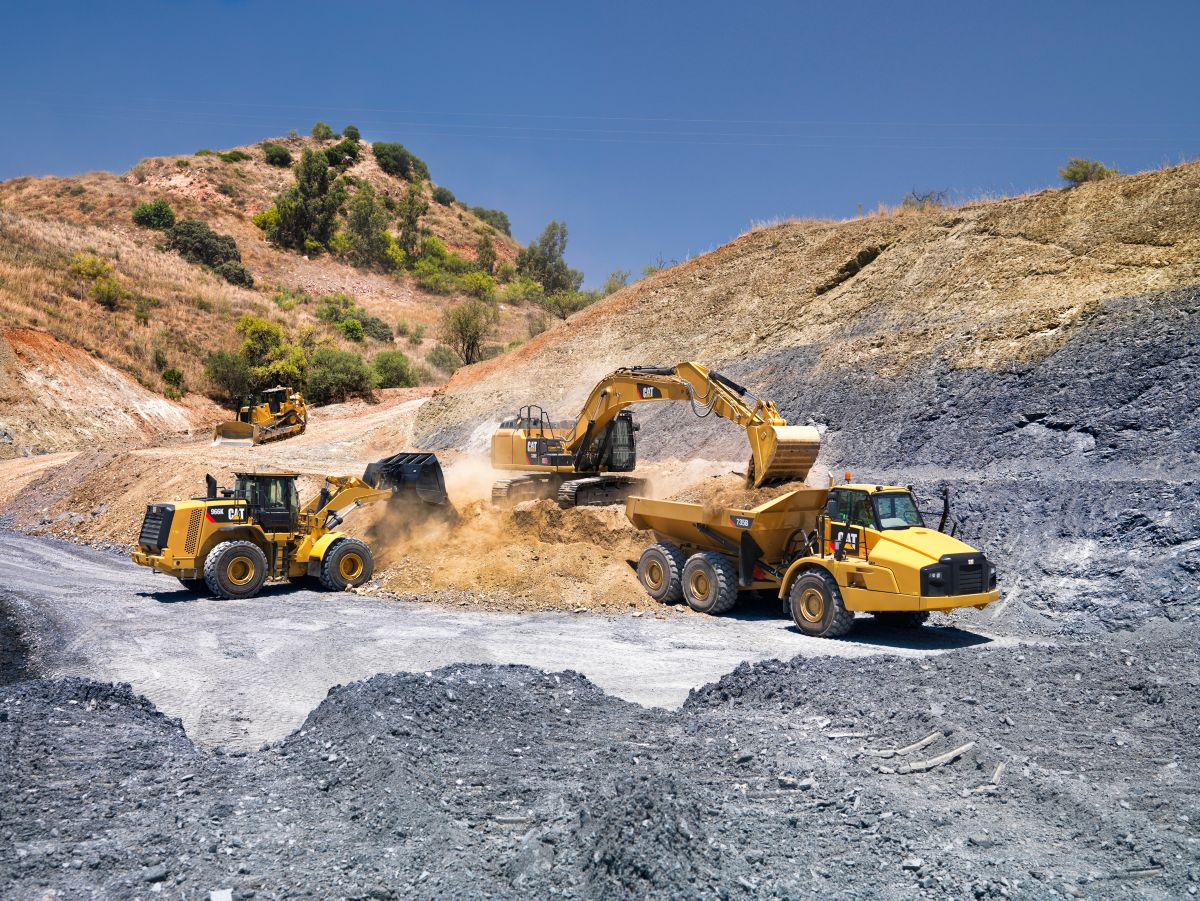Construction Equipment Rentals: Heavy Duty Machinery for Your Tasks
Construction Equipment Rentals: Heavy Duty Machinery for Your Tasks
Blog Article
Optimize Your Spending Plan by Recognizing the Costs Connected With Building And Construction Equipment Rentals
Recognizing the complete extent of expenses associated with building and construction devices rentals is critical for maximizing your spending plan. What approaches can be utilized to efficiently handle these expenses and make sure a more reliable rental experience?
Overview of Rental Expenses
When considering building and construction devices services, comprehending the connected expenses is paramount for reliable budgeting and project preparation. Rental costs can vary dramatically based on several aspects, consisting of tools type, period of rental, and area. The preliminary rental cost usually reflects the equipment's market need and its linked operational capabilities, affecting the general expense.
In addition to the base rental rate, supplementary costs might develop, such as transportation costs, fuel additional charges, and upkeep fees. It is vital to represent these added expenditures to properly evaluate the complete cost of leasing equipment. The rental duration can influence rates; longer services might certify for discounted prices, while short-term leasings could incur higher everyday charges.

Breakdown of Rental Rates
A thorough understanding of rental rates is necessary for professionals and job managers intending to maximize their budget plans. Rental rates for building equipment typically contain a number of elements, including base prices, time-based costs, and usage costs.
Base prices are the core costs related to the leasing of the devices, commonly established by the kind and dimension of the equipment. These rates can vary significantly, influenced by variables such as tools need, accessibility, and local market trends. Time-based costs, which may be daily, weekly, or monthly, serve to accommodate different project timelines and rental durations.
Additionally, rental rates might include use fees, which are appropriate when equipment is used beyond a specified threshold, guaranteeing that the rental business can represent wear and tear. Seasonal need changes can likewise affect rental rates, with peak construction periods usually commanding higher costs.
In addition, recognizing the rental company's policies concerning maintenance and insurance can provide further understanding right into the overall expense structure. By evaluating these elements, contractors can make educated choices, ensuring the selection of rental equipment aligns with both job requirements and spending plan constraints.
Added Costs to Consider
Understanding the intricacies of additional fees is important for contractors to handle their general leasing expenses successfully. Beyond the conventional rental prices, different auxiliary fees can dramatically influence the overall expense of tools leasing. These fees typically include distribution and pickup costs, which can vary based on distance and logistics associated with delivering the devices to and from the work website.
Moreover, some rental firms may enforce gas surcharges if the tools is returned with much less gas than when rented out. It is also important to understand prospective cleaning costs, especially for customized devices that needs detailed maintenance after use.

Completely reviewing websites the rental agreement and making clear these extra fees upfront can help professionals prevent unanticipated expenses and make sure that budget plans remain intact throughout the job lifecycle.
Repair And Maintenance Costs
Routine repair and maintenance costs are commonly ignored variables that can significantly influence the overall cost of building and construction equipment rentals. When renting equipment, it is important to consider not just the rental fees but likewise the potential prices connected with maintaining the equipment in optimum operating condition.
Several rental business consist of standard upkeep as component of the rental agreement; however, more unanticipated break downs or substantial repair work can lead to added expenses. It's necessary to assess the rental agreement very carefully to understand what maintenance services are covered and what duties drop on the renter.
In addition, tools that is not well-maintained can result in ineffectiveness on the work site, possibly increasing and triggering delays task costs. To alleviate these threats, it is a good idea to carry out normal examinations and preserve open interaction with the rental service provider relating to any problems that arise throughout usage.
Insurance Policy and Liability Expenses
Insurance coverage and responsibility prices are critical parts that can substantially affect the general expense of construction tools services (scissor lift rental). These prices ensure that both the concrete batching plant price rental company and the client are protected from potential economic losses developing from accidents, damages, or burglary during the rental duration

In addition, customers should recognize any type of deductibles or exemptions in the insurance plan, as these can affect possible out-of-pocket costs. Understanding the terms and problems of any type of insurance policy protection is vital to stay clear of unanticipated costs. Inevitably, budgeting for insurance coverage and obligation costs can assist ensure a smoother rental experience and protect against financial risks associated with construction jobs.
Conclusion
To conclude, an extensive understanding of the prices related to building tools leasings is necessary for effective budget plan monitoring. By analyzing rental prices, added fees, web link maintenance expenses, and insurance coverage individuals, needs and organizations can minimize unexpected expenditures. This tactical approach not only improves cost-effectiveness yet also makes certain that projects proceed smoothly and efficiently. Ultimately, educated decision-making concerning tools leasings adds to the overall success of construction undertakings.
Rental prices can differ considerably based on several elements, including equipment kind, duration of rental, and place (rental company near me). The rental period can impact pricing; longer services may qualify for affordable rates, while short-term services might sustain greater everyday charges
By conducting complete research study and involving with reliable rental business, service providers can effectively browse the intricacies of rental prices, ultimately optimizing their financial sources.
Beyond the standard rental rates, various supplemental charges can significantly affect the total cost of equipment leasing. Rental business often supply responsibility insurance policy that covers injuries to third parties or damage to residential property, while devices damages insurance can cover the cost of repair work or substitute if the rented devices is damaged.
Report this page